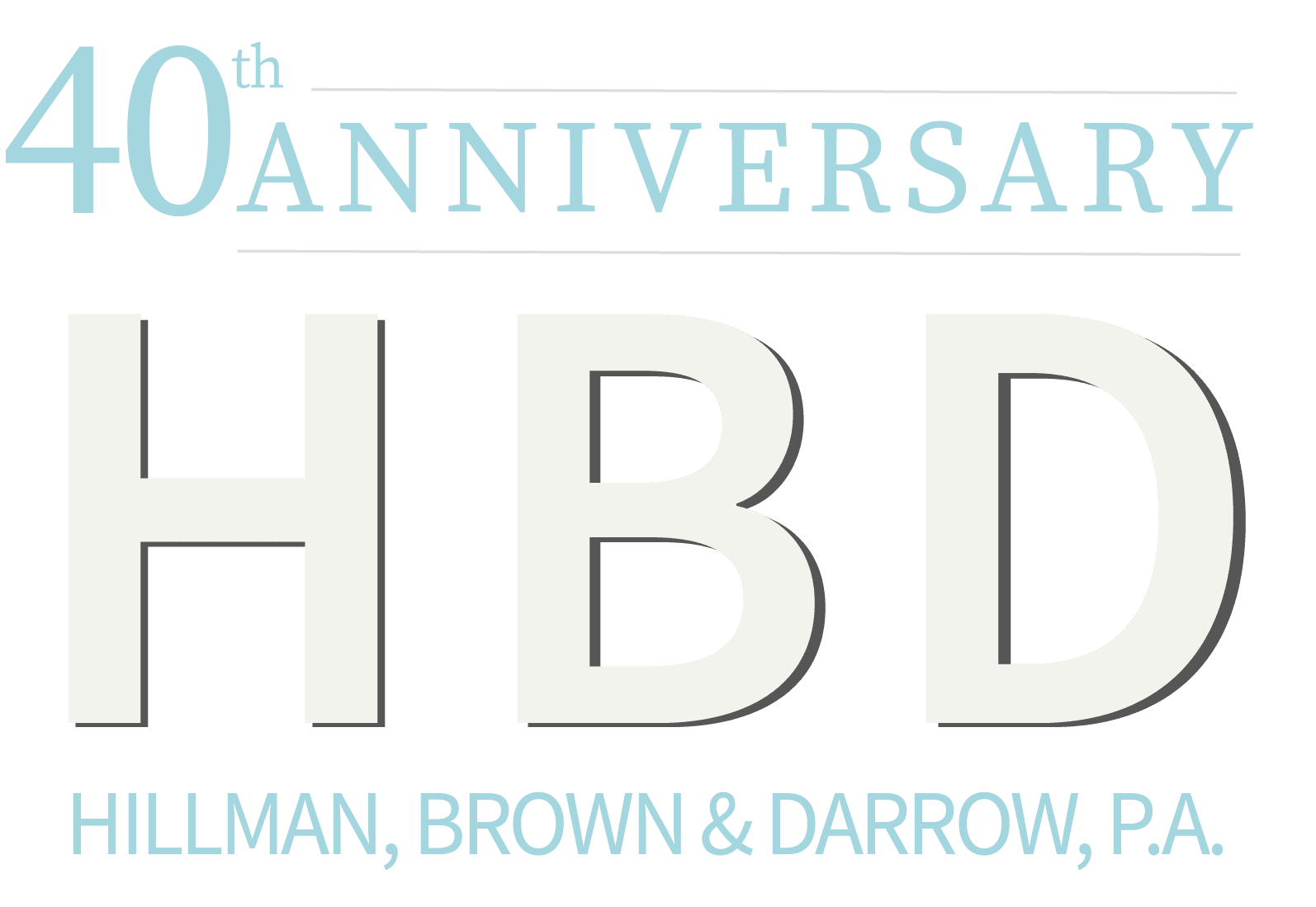Everyone has heard the term “squatter’s rights”, but what does this term really mean? There are two real estate issues at play here: “Adverse Possession” and “Prescriptive Use (Easement)”.
A “prescriptive easement” becomes a legally protected right of use when someone has used property by prescription, meaning “actual, open, notorious, hostile, under claim of right and without permission, and continuous for more than 20 years”. Adverse possession confers legal title and ownership on someone who adversely possesses property, “adversely” meaning “actual, open, notorious, exclusive, hostile, under claim of title or ownership, and continuous or uninterrupted.”
The important distinction between the two are the terms “exclusively” and “under claim of title or ownership” and “uninterruptedly”. A “squatter” who occupies property “actually, openly, notoriously, exclusively, hostilely” typically becomes that way by erecting improvements like fences or other obvious boundaries which make obvious the person’s claim of ownership. If the true owner of the property does not do anything to stop the “squatter” then the passage of 20 years bars the true owner from evicting the squatter. The squatter can then go to court to obtain a decree of title after 20 years. A prescriptive easement on the other hand does not involve exclusive possession. Prescriptive easements arise when someone uses property or crosses property for 20 years. The use or crossing does not have to occur continuously and uninterruptedly on a daily basis, but if too long a period of time lapses between the times of use then the true owner’s rights will not be lost. But the use or crossing must be “actual open and notorious” meaning that the repetitive use of the property results in tracks or paths that are visible to the owner, and the property has to be in the open and not “out in the woods” where nobody goes.
Both Adverse Possession and Prescriptive Easement are defeated if the owner of the property can prove that the possession or use were permissive. But the burden of proof on permission rests affirmatively on the owner, so property owners should never “sleep on their rights” for 20 years, and should take affirmative steps in court to terminate the possession or use long before the 20 year period runs.
Never think you know for sure the law in any area of controversy. The law is always open to interpretation based upon the particular facts and circumstances, and often involves mixed questions of law and fact that require a decision by a judge. Always consult with an attorney and do not relay on arcane terms like “squatter’s rights”.
